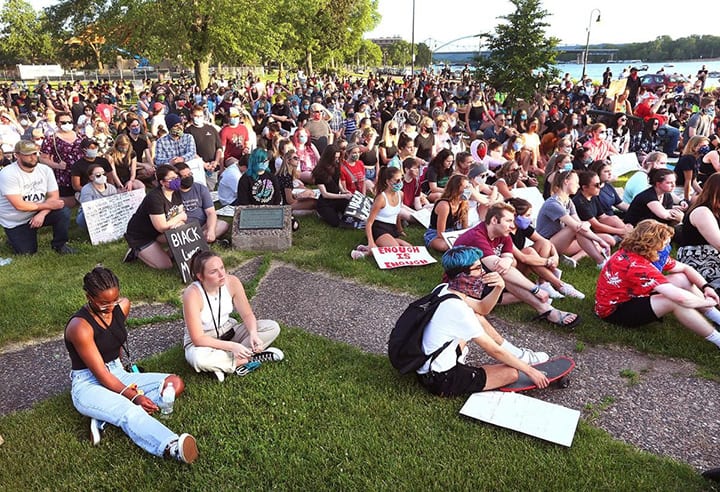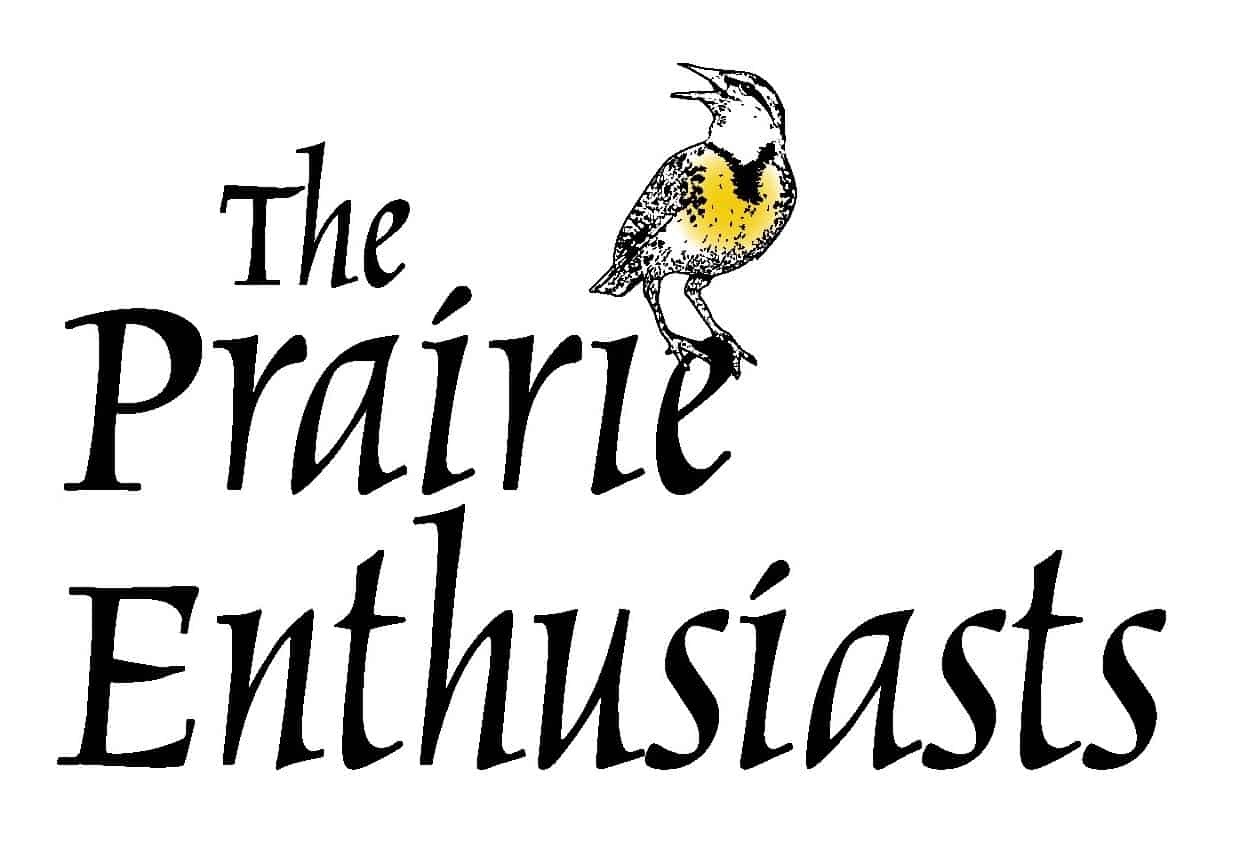Beginning in late May of this year, our collective attention has been forcibly drawn by the enormous and continuing demonstrations across the country protesting the long unsolved issues of racial injustice and police brutality. This challenge has been with us as a society for a very long time, but something seems quite different about it now. For most of us members of TPE, who are white and often live or own property in rural areas, this may seem like something remote and not particularly relevant to our conservation work. However, if we believe that connecting our human community to the natural communities we love is truly important, we cannot ignore this challenge, and need consider how to help address it in our own way.
All of us have seen numerous statements made by civic and government leaders, businesses, and non-profit organizations about this issue since the protests began. Conservation organizations have been no exception to this. Our local and national land trust organizations (Gathering Waters and the Land Trust Alliance) have both issued clear statements and held several open sessions on the topic. Like everyone else, the TPE staff and other leaders have been engaged in active discussions about what our response as a group should be. The following are my personal reflections, intended not as a formal organization position but as a starting point for deeper ongoing work moving forward.
We should first clearly and unequivocally state what I hope is obvious:
As an organization, The Prairie Enthusiasts abhors and is utterly opposed to racism of any kind and unnecessary police brutality, especially when based on race. As a community of people who work to protect and enhance biological diversity in the natural communities we care for, we are committed to supporting the diversity of our human communities in race, culture, age, gender, sexual orientation, economic and educational status, etc. We believe that growing the diversity of our own TPE community is a key to its long-term sustainability in carrying out our mission.
Making a statement like this is necessary and important, but it is in no way sufficient. Words matter, because they are the starting point for focusing our minds in thought, which ultimately leads to actions. In the end, however, our actions going forward will be what matter. To put this another way, this kind of statement is an important reactive response to this challenge, but I believe we are called to do more work (both personally and as a group) to create and implement authentic responses which show up in our future actions.
Truly authentic responses from an organization like The Prairie Enthusiasts cannot arise from top-down decisions by the board or staff, but rather come from the grassroots work of our members and local chapters. One of the challenges with this is that our organization encompasses a huge range of different local community environments and situations. It is easy to think that perhaps these issues do not really affect us personally, but only those living in the big metropolitan areas. However, what all of us are learning is that racial justice matters for all of us, no matter where we live. The very widespread nature of the recent protests in every part of our country and the amazing diversity of those who come out to them is a sign that this issue really does touch us all.

Justice for George Floyd protest in La Crosse, WI on June 3, 2020.
Photo by Peter Thomson, La Crosse Tribune
The other major challenge in thinking about authentic responses in the context of TPE is how to meaningfully connect our mission and focus – protection, restoration, and education about prairies and savannas – with the issues of racial justice and the promotion of human community diversity. This challenge is may be uncomfortable for us and is certainly one that each of us can only address our own personal way. Each of our chapters can only take actions that make sense to them in their local environment.
To assist in considering authentic responses moving forward as individuals and local TPE communities, here are a few examples of related appropriate actions we have taken in the relatively recent past:
- At the September 2018 leadership retreat, board and chapter leaders from across TPE worked together in small groups to consider the most important challenges facing the organization in the coming years and how we should address them. By far the number one issue raised by every breakout group was the need to develop the next generation of leaders for TPE and for the conservation movement in general. Many in the group were thinking about engaging more young people in what we do. As we can see night after night in the protests, our younger generations care deeply about issues of diversity and social justice, and we will have difficulty engaging them unless we can do the same.
- Our Glacial Prairies chapter (with the leadership and particular help of Alice and Walter Mirk and Rob Baller) have had a significant program to make presentations on prairies to children in both rural and urban schools in southeast Wisconsin. They have noted that in urban schools with predominantly children of color, where exposure to nature of any kind is extremely limited, these efforts have been met with great enthusiasm.

Rob Baller explains the food diversity pyramid at the Frank School, Kenosha, WI in 2014
Photo by Alice Mirk
- TPE devotes majority of its volunteer hours and dollars to restoration and management work carried on by our chapters. This can present opportunities to connect with different communities in a lasting and meaningful way. A wonderful example of this is the “Sunshine Acre” program led by Ed Strenski of the Northwest Illinois chapter in collaboration with the Jo Daviess Conservation Foundation (JDCF), Jo-Carroll Energy, and the Northwest Academy in Elizabeth, IL, a school for kids with significant educational needs and behavioral challenges. Ed has led the students in restoration work parties on JDCF’s Casper Bluff Preserve (including collecting and sowing prairie seeds) not only giving them a new exposure to nature but also helping to build a new sense of responsibility and teamwork skills.

Northwest Academy students working at Casper Bluff Preserve, Galena, IL in 2014
Photo by Michele Cahill, JDCF
- As I have discussed our possible authentic responses to racial injustice with people across TPE, the connection that resonates the most is with the First Nations peoples. Although their long and sad history of violent oppression has not been an explicit focus of the most recent protests, there is a deep similarity between the history and current situations of all people of color in our country, including indigenous peoples. Many of us feel especially drawn to the tribes. In many ways TPE’s mission is to restore and preserve natural communities that were created and maintained through widespread use of fire and other practices by those who lived here as part of this land for thousands of years before European settlement. We have a great deal to learn from and to share with the First Nations across our region.

Former Ho-Chunk Nation President Chloris Lowe at the 2016 TPE Conference
Photo by Joe Rising
These examples from the past few years are but a few ideas for how we can begin to develop our own authentic responses for the future. We most especially welcome your thoughts and comments and continuing discussions on this important topic.

